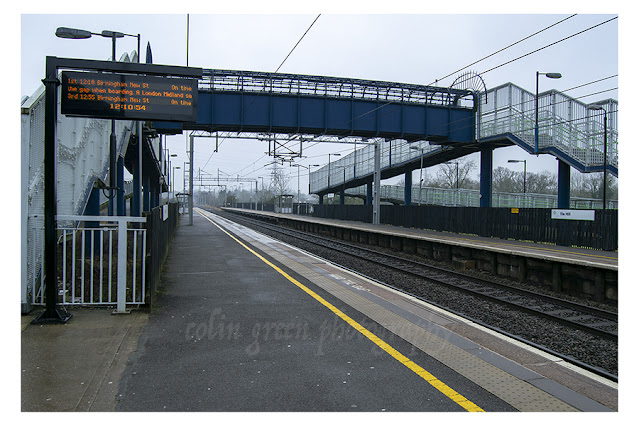Berkswell Railway Station is a 2 platform stop on the West Coast Mainline serving the villages of Berkswell and Balsall Common near Coventry, West Midlands.
The London and Birmingham Railway was completed in 1839 passing near to the village of Berkswell but not having a stop until the first one was opened as Dockers Lane in 1844. The name was changed to Berkswell in January 1853, again in February 1928 to Berkswell and Balsall Common, the station being sighted closer to Balsall Common than Berkswell. The name was again changed back to Berkswell around 1959 when works started along the line to electrify, these being completed in 1974. The station was also remodelled during this period.
The station used to be a junction with a line that ran in the direction of Kenilworth just to the south of the station with the siding track that the trains used to run still visible. This line was in operation from 2 March 1884 until 3 March 1969 and is now in the process of being converted into a greenway. The siding still visible sometimes houses the Royal Train and members of the "Firm" have been known to overnight on the train whilst parked in the siding. Sir Winston Churchill is also said to have stopped in the siding overnight.
The station used to feature a level crossing to the south of the platforms, this was removed in 2004 and replaced by a bridge so the station and line could feature more high speed trains. The station is manned during selected hours has minimal facilities, including waiting room and ticket machines, but no toilets. There is a car park and the station is served by 2 trains per hour in each direction. Theses services go north to Birmingham New Street and south to London Euston. The station saw 334,000 passengers use it during 2019/20 period, the last before the Covid pandemic, before dropping to just 52916 during the first year of the virus.
 |
| The siding that occasionally houses the Royal Train can be seen to the right of the mainline. This used to be the junction of the Kenilworth Line. |
Clicking any image should open a link in another window to the higher resolution, un-watermarked version on Clickasnap.
Thanks for looking, please take a moment to share and follow me on social media.
All the images remain the copyright of Colin Green.













